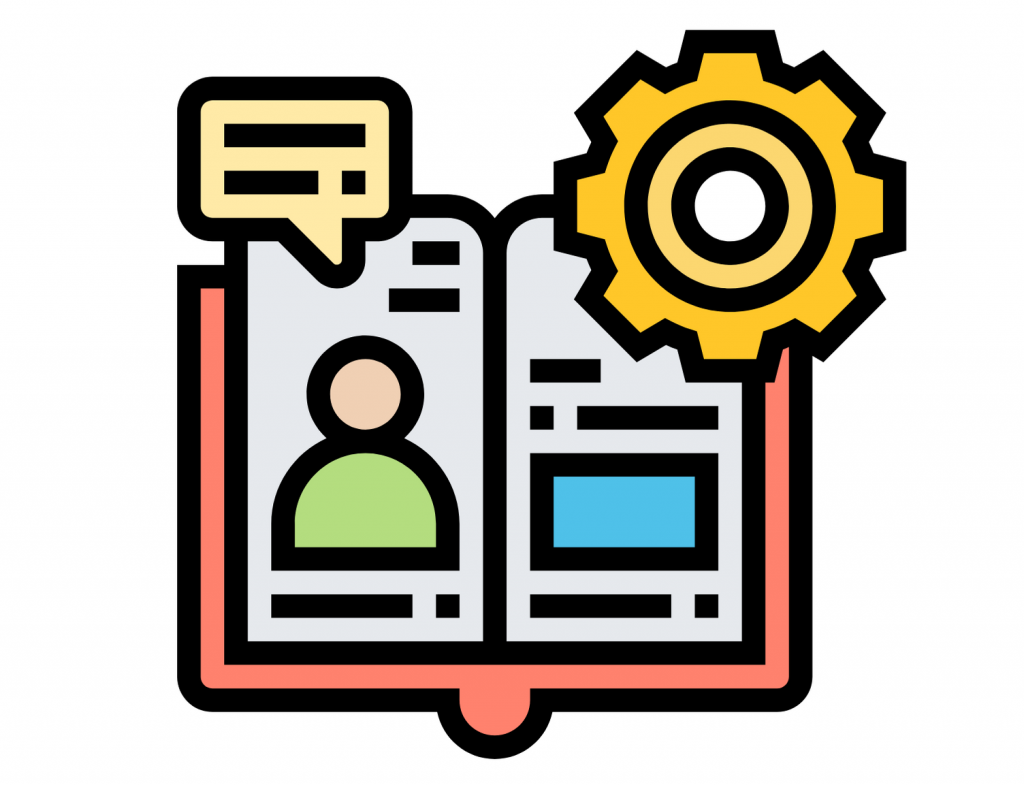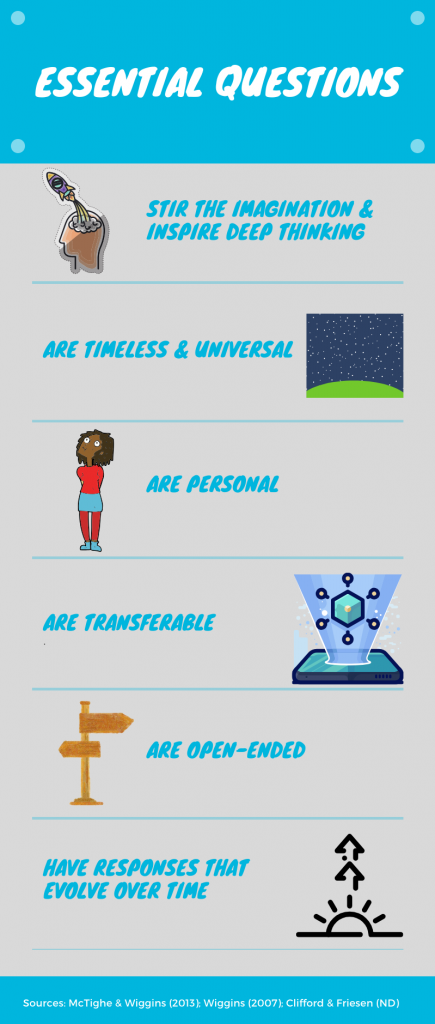2b: Coach teachers in and model design and implementation of technology-enhanced learning experiences using a variety of research-based, learner-centered instructional strategies and assessment tools to address the diverse needs and interests of all students
2f: Coach teachers in and model incorporation of research-based best practices in instructional design when planning technology-enhanced learning experiences.
ISTE Coaching Standards (2014)

Resonant Ideas: Learner-Centered Instructional Design & Strategies
Learner-Centered Instructional Design
I knew, given my limited teaching experience, that instructional design would be a challenge for me in this program. Fortunately the two required Teaching, Learning and Assessment courses helped me explore a number of instructional design frameworks including Understanding by Design (UbD), Project-based Learning (PBL), and Design-based Learning (DBL), all of which can be enhanced by technology and accommodate a variety of student needs and interests.
Understanding by Design
Makey Makey & Scratch: Getting a 4th Grader’s Attention describes using the Understanding by Design framework to create a 4th grade science lesson plan on electrical circuits. I started with what I wanted students to understand at the end of the lesson and focused on essential questions and assessment evidence. I then reflected on how the lesson plan supported the “Six Facets of Understanding” defined by the UbD framework. I found the UbD process to be painstaking but ultimately worthwhile because it resulted in a lesson that considered the subject from all angles and offered students a variety of ways to show their knowledge.
I further explored UbD in my Essential Questions post for our Educational Technology Leadership class. Essential questions are the heart of UbD and also a key starting point for coaches to work with teachers on lesson planning. Any digital tool should be considered in terms of how it supports the lesson’s essential questions. As part of this post I described how technology can help students research, curate, synthesize, record, and communicate essential questions.

Design Based & Project Based Learning
In my post Empathy: the Essential Ingredient in Design Thinking, I examined how empathy permeates the phases of Design Based Learning, and in Making in Elementary: Finding the Balance, I briefly covered the differences and similarities between Design Based Learning and Project Based Learning. Both DBL and PBL instruction are inquiry-based and help students construct their own understanding of a topic. They also develop a student’s ability to collaborate, persevere, and empathize. In the “Empathy” post, I included a list of technology-based tools for generating topic ideas, researching, recording observations, and synthesizing concepts.
The “Making in Elementary” post also includes a link to a document I created that covers why making can be a powerful learning tool, how to address potential difficulties for young students, and resources for structuring maker lessons and activities.
These quests helped me understand the importance of thoughtful instructional design and to explore strategies that promote and support deep thinking for students.